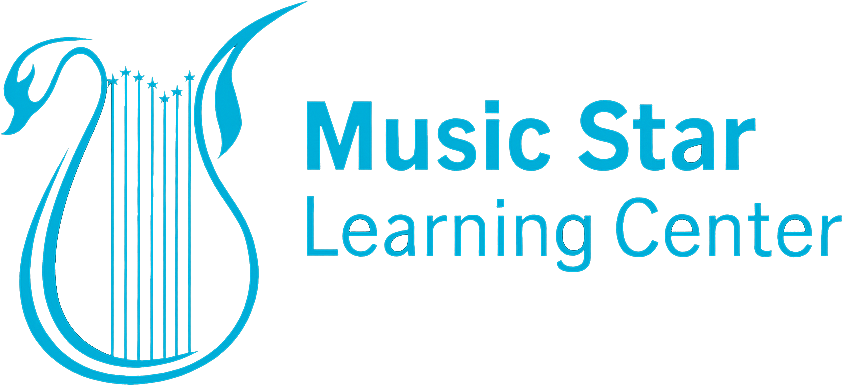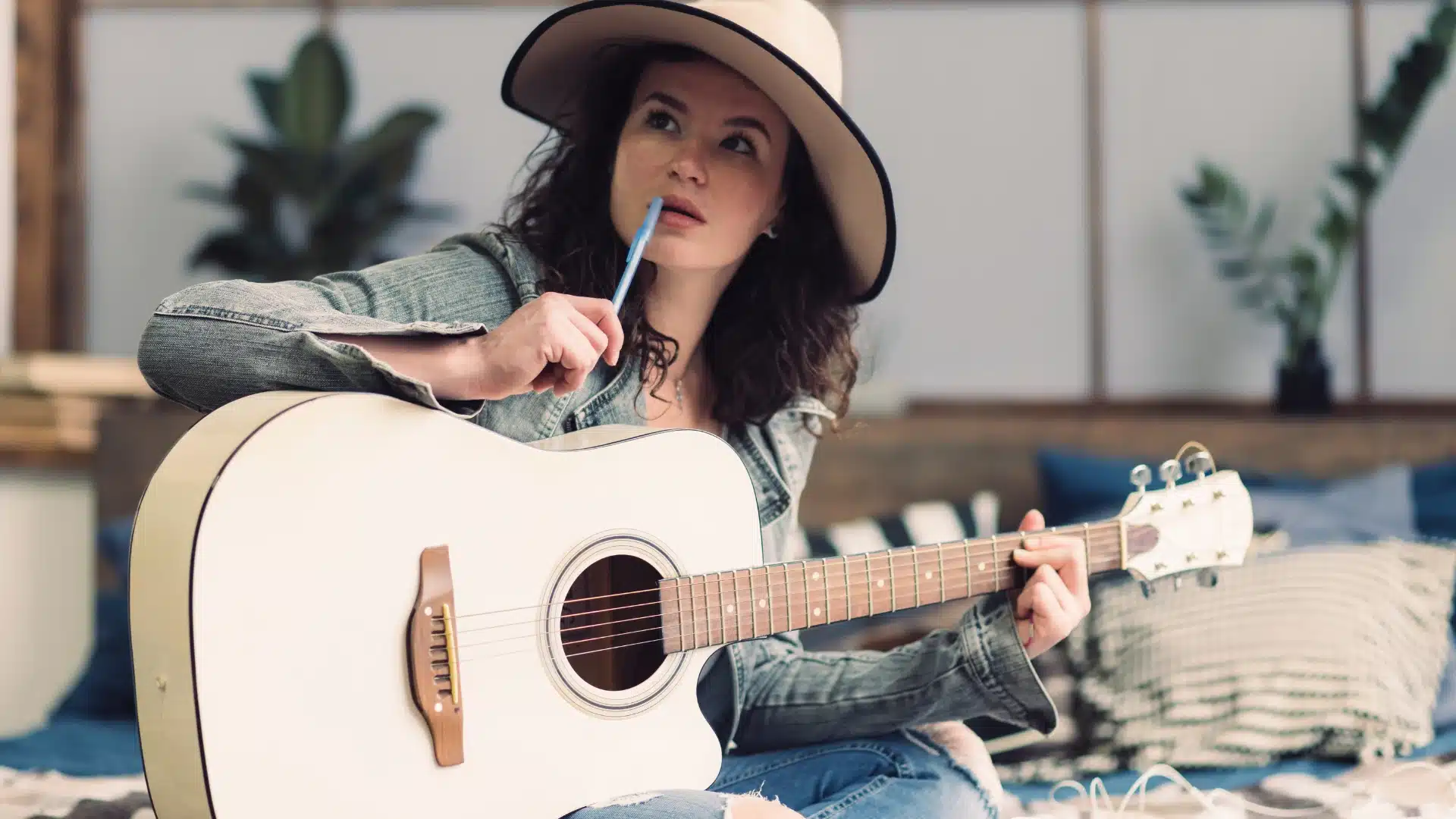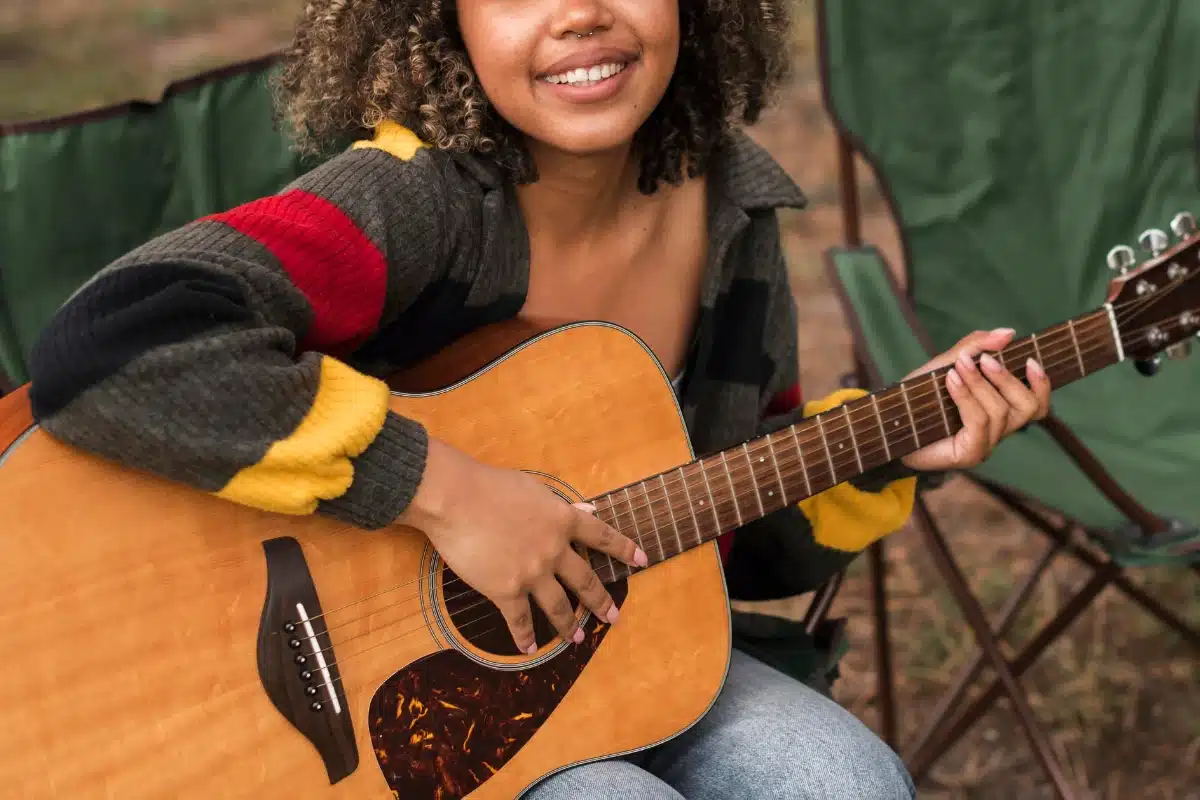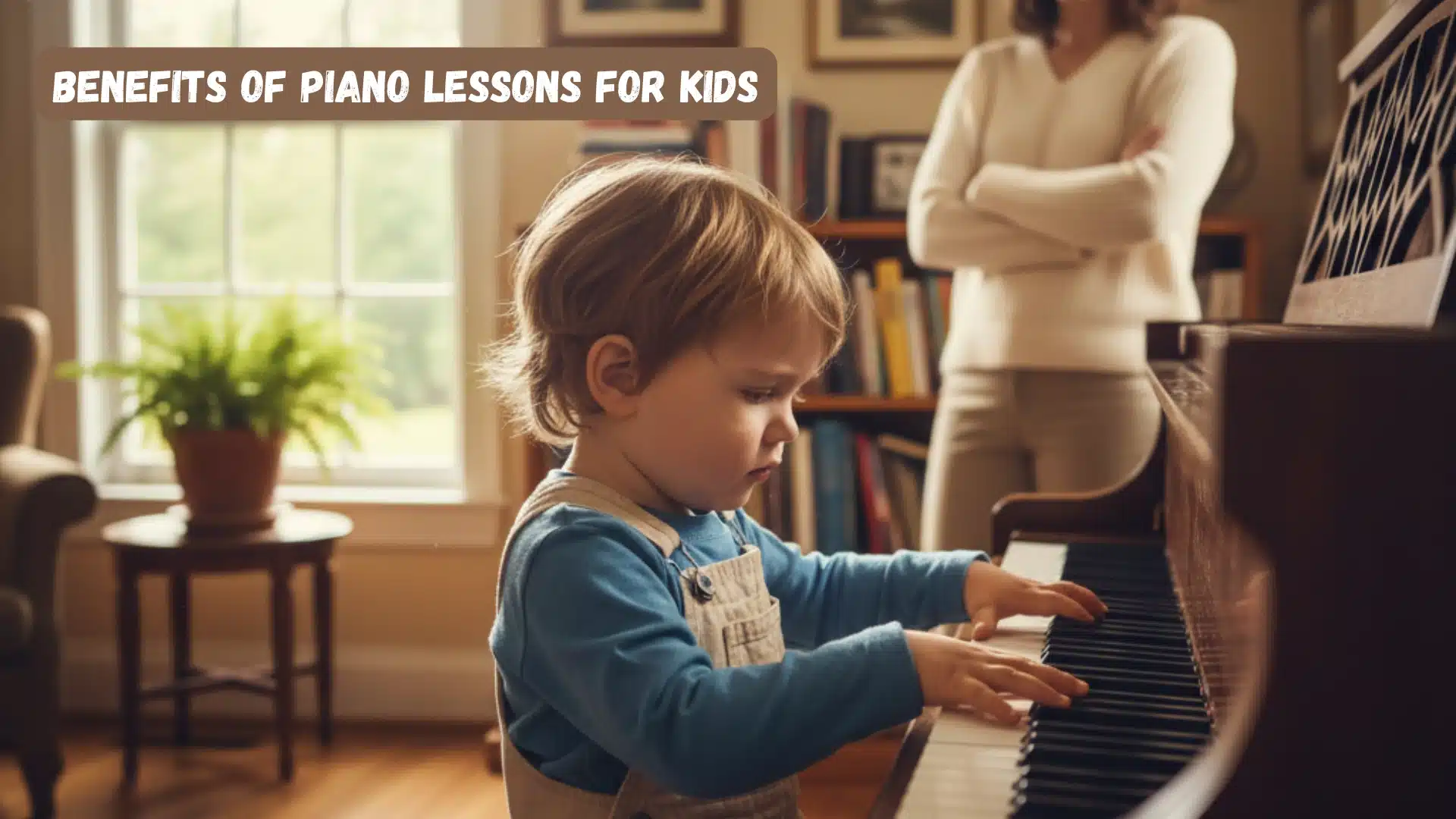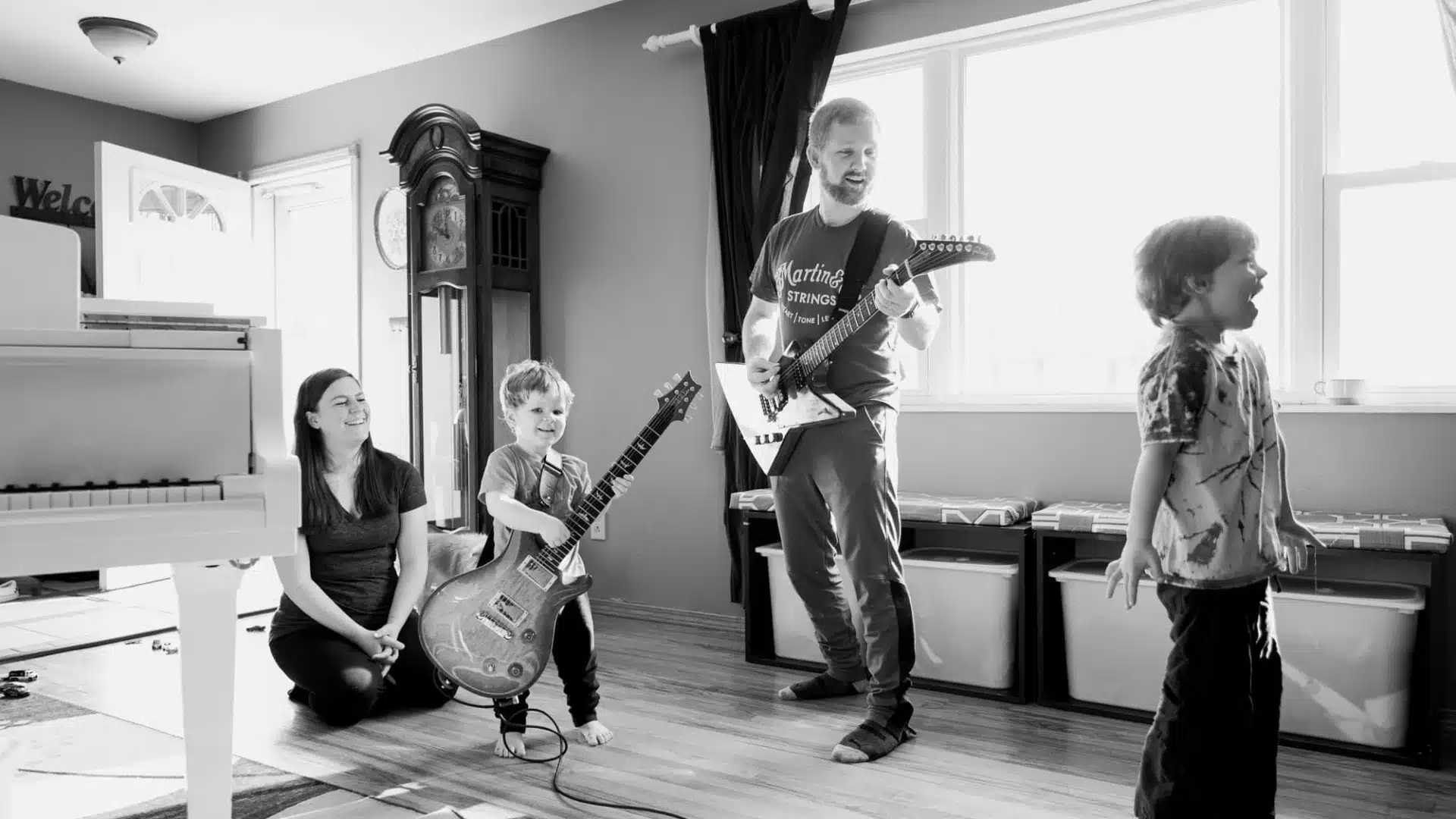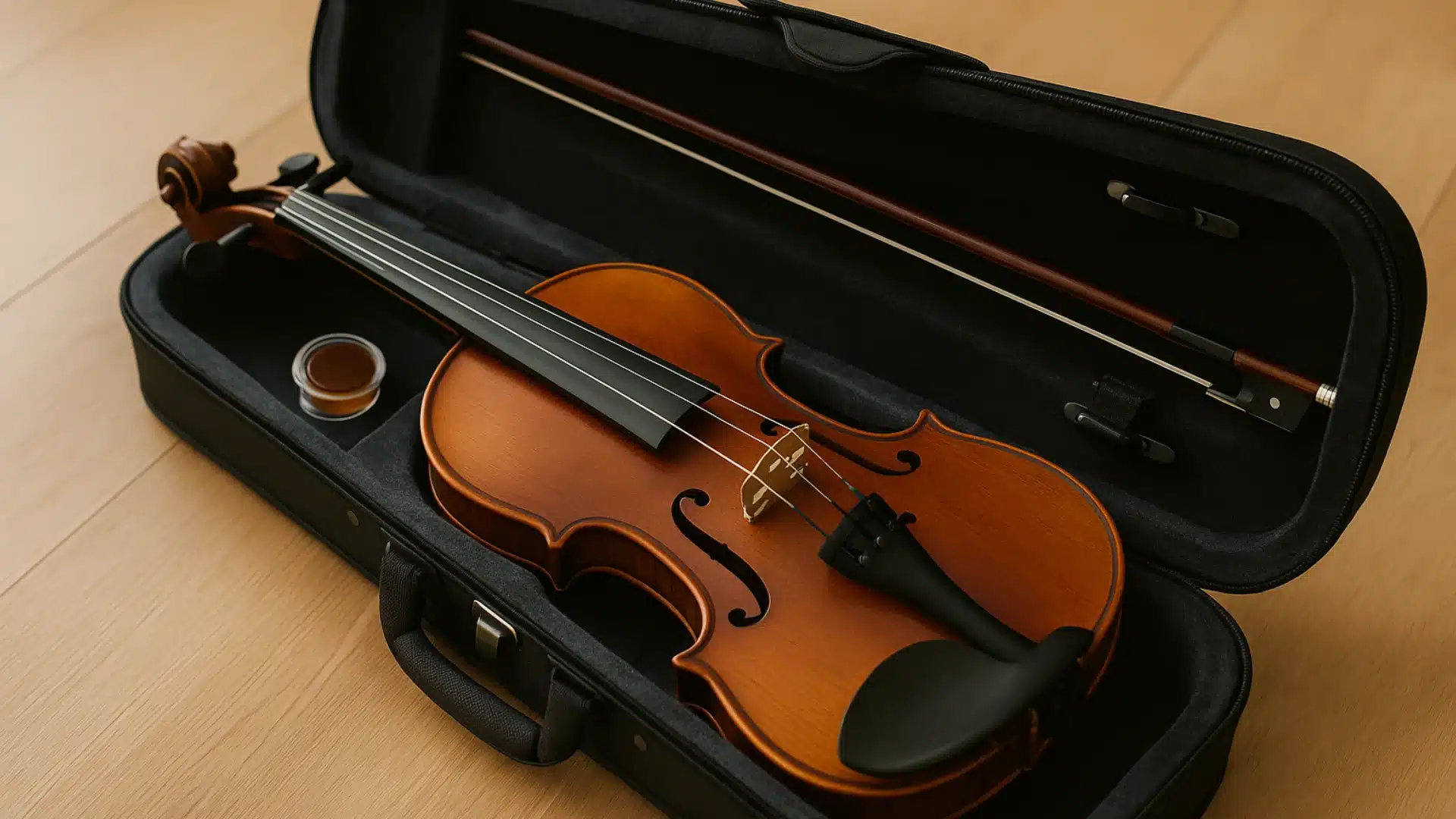Have you ever picked up a guitar, strummed a few strings, and thought, “How can I actually play guitar?” You’re not alone. Every guitarist, whether they’re rocking stadiums or strumming at a campfire, started exactly where you are right now: with curiosity, a bit of uncertainty, and a dream of making music. The truth is, learning to play the guitar isn’t about having “natural talent.” It’s about breaking the process into small, achievable steps and building confidence as you go. In this guide, we’ll walk you through everything you need to know, from holding the guitar for the first time to playing real songs and staying motivated throughout your journey. “If you’re asking yourself, ‘How can I play guitar?’, this article is your roadmap, and if you want hands-on guidance, a reputable music school in Vancouver like Music Star Learning Center can give you structured lessons from day one.”
Why Learning Guitar Is Worth It
Before diving into the “how,” let’s talk about the “why.” Learning guitar isn’t just a hobby; it can transform your life in surprising ways:
- Boosts memory and focus: Practicing chords and patterns strengthens your brain, enhancing your memory and focus.
- Relieves stress: Strumming can be incredibly therapeutic after a long day.
- Builds confidence: Imagine the first time you play a song for friends, it feels fantastic.
- Connects you with others: Music is a universal language, and the guitar serves as a powerful means of bringing people together.
So if you’ve been hesitating, remember this: every great guitarist was once a beginner who decided to start.
Understanding the Basics Before You Start
Before you learn your first chord, it’s helpful to understand the guitar itself.
- Strings: A standard guitar has six strings, from the low “E” (thickest) to the high “E” (thinnest).
- Frets: The raised metal strips on the neck divide notes. Placing your fingers just behind a fret changes pitch.
- On an acoustic guitar, the body naturally amplifies the sound. On an electric, you’ll need an amplifier.
- Pick (plectrum): Optional, but many beginners find it easier for strumming.
Pro Tip: Always keep your guitar in tune. A simple clip-on tuner or app ensures that what you’re playing sounds right. Playing on an out-of-tune guitar is one of the fastest ways to get discouraged.
First Steps: How Can I Play Guitar From Scratch?
Here’s where the fun begins. You don’t need to know music theory or play scales on day one. Instead, start simple.
Hold the guitar correctly
- Sit upright in a chair without armrests.
- Rest the guitar on your right leg (if you’re right-handed).
- Keep your wrist relaxed and avoid squeezing the neck too tightly.
Strum open strings
- Before you even learn a chord, strum all six open strings. Focus on keeping rhythm.
Learn your first chord
- The Em chord (E minor) is a great place to start. Just two fingers and you’re making music!
Even if it feels awkward at first, persevere. Every guitarist remembers the thrill of playing their first clear-sounding chord.
Essential Beginner Guitar Techniques
When you’re wondering “How can I play guitar so it actually sounds good?”, these are the building blocks:
- Basic open chords: G, C, D, and Em are your foundation. They appear in thousands of songs.
- Strumming patterns: Start with simple downstrokes. Later, try down-up patterns for variety.
- Finger placement: Curve your fingers and press just behind the frets to avoid buzzing.
- Switching chords: Move slowly at first. Speed will come naturally with practice.
- Quick Win: With just G, C, and D, you can play “Knockin’ on Heaven’s Door.” That’s three chords and you’re already making music.
Building Your First Songs
Playing chords is excellent, but what keeps beginners excited is playing songs they love. Here’s how to do it:
- Pick easy songs with 2–4 chords. Songs like “Horse With No Name” (just Em and D6add9) are perfect.
- Practice chord transitions slowly. Don’t worry about speed, focus on clean changes.
- Strum steadily. A simple rhythm makes the song recognizable, even if the chords aren’t perfect yet.
When you can play your first full song, even if it’s rough, you’ll feel a huge boost of motivation.
Practice Routines: How to Get Better Faster
Consistency matters more than long, irregular practice sessions. Here’s a sample 30-day practice plan to keep you on track:
- Week 1: Learn Em, C, and G. Practice switching slowly.
- Week 2: Add D and Am. Try strumming simple downstrokes.
- Week 3: Learn your first full song with 3–4 chords.
- Week 4: Practice new strumming patterns and record yourself.
Keep each session short (20–30 minutes). Over time, you’ll build strength, muscle memory, and confidence.
Common Challenges and How to Overcome Them
Every beginner asks: “How can I play guitar without getting stuck?” Let’s tackle the most significant roadblocks:
- Sore fingertips: This is temporary! Within a few weeks, calluses form, and playing becomes painless.
- Muted strings or buzzing: Adjust your finger placement, press with the tips, not the pads.
- Rhythm struggles: Practice with a metronome or tap your foot while strumming.
- Loss of motivation: Mix in songs you love so practice feels less like “work.”
Remember: every mistake is progress in disguise. Even the pros hit sour notes sometimes.
Different Ways to Learn Guitar
When figuring out “How can I play guitar the best way?”, consider your learning style:
- Self-taught: Apps, YouTube, and books can get you started.
- Private lessons: One-on-one feedback keeps you accountable and corrects bad habits early.
- Group classes: Fun and social, ideal for those who enjoy learning with others.
- Hybrid approach: Many players combine online resources with occasional lessons.
If you’re in Vancouver, Music Star Learning Center offers structured Beginner Guitar Lessons that blend personal guidance with fun, practical learning, perfect if you don’t want to waste time guessing.
Tools and Accessories for Beginners
You don’t need much, but a few extras will make learning smoother:
- Clip-on tuner: Essential for achieving a good sound.
- Capo: Lets you change keys without learning new chords.
- Metronome app: Builds rhythm and timing.
- Guitar picks: Experiment with different thicknesses to find the one that feels most comfortable to you.
- Music stand or tablet: Keeps chords and tabs in sight.
These small investments can make practice more enjoyable and easier to manage.
Mindset: The Psychology of Learning Guitar
Here’s something most guides don’t discuss: learning to play the guitar is as much a mental as it is a physical endeavour.
- Be patient with yourself. Progress feels slow at first, but it compounds over time.
- Celebrate small wins. Switching chords smoothly or strumming in time are significant milestones.
- Stay consistent. Even five minutes a day is better than none at all.
- Visualize success. Picture yourself playing confidently; that motivation matters.
Think of a guitar like fitness. You won’t see results overnight, but steady practice brings amazing long-term rewards.
Joining a Community
One of the best answers to “How can I play guitar and stick with it?” is: don’t do it alone.
- Join local jam sessions or open mics.
- Share progress videos online for feedback.
- Attend workshops or group classes.
In Vancouver, the music community is active and welcoming, giving you plenty of chances to connect with other beginners and seasoned players.
Advanced Beginner Tips
Even if you’ve just started, you can level up faster by thinking like an advanced player:
- Experiment with dynamics. Play soft, then loud, adds emotion.
- Learn tablature. A simple way to read music without sheet notation.
- Record yourself. Listening back highlights areas for improvement.
- Set goals. For example: “I’ll learn one new song each week.”
These habits accelerate your growth and keep things exciting.
How Can I Play Guitar in Vancouver?
If you’re local to Vancouver, you’re in luck. The city has:
- Music shops where you can try different guitars.
- Open mic nights that welcome beginners.
- Teachers who specialize in guiding absolute beginners.
The best way to stay motivated is to combine practice at home with real-world experiences in the community.
Conclusion
So, how can I learn to play the guitar? Start with the basics, keep your practice sessions short and consistent, and don’t be afraid of mistakes. Focus on chords, strumming, and rhythm, then gradually build up to songs you love.
And remember: you don’t have to do this alone.
If you’re serious about learning, Music Star Learning Center offers expert-led Beginner Guitar Lessons in Vancouver. With the proper guidance and support, your first song is closer than you think.
Pick up your guitar today; the music you’ve always dreamed of playing is already within reach.
